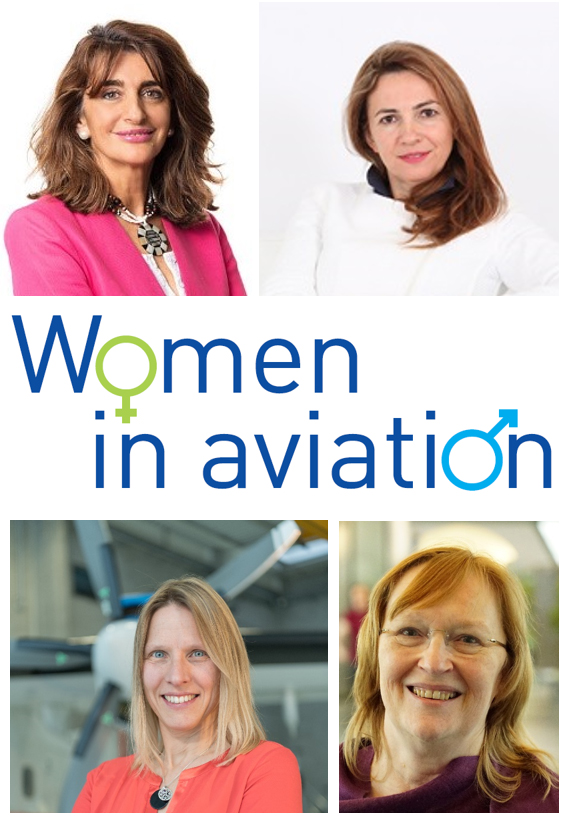
More than three quarters of SESAR 2020 research is carried out by men; a gender imbalance the programme is seeking to correct. But that requires some massive changes starting in the broader aviation and air traffic management industry where women remain underrepresented especially at the top. SESAR Joint Undertaking (SJU) Administrative Board member and ENAIRE Business Development Director Mariluz De Mateo García says there are very few women in leadership roles, and even flags a downward trend among female students in science, technology, engineering and maths (STEM) careers. “Having both women and men represented on boards is crucial for successful leadership and it is a joint responsibility for the companies in our sector to raise awareness about the positive effects that inclusion and diversity can deliver at executive levels.”
A 20191 CANSO study into the gender gap in aviation found women hold 15-25% of leadership roles in air navigation, and cites lack of opportunities, unclear career paths and absence of role models as inhibitors to the advancement of women. CANSO members have put various initiatives in place to close the gender gap, for example involving more women in STEM roles is among the diversity objectives of UK NATS, which also adheres to the UK Women in Aviation Charter. "Encouragingly, more than half of CANSO’s leadership team is female" says Tanja Grobotek, Director Europe Affairs and SJU Board member: “In my 28 years’ career in aviation, what has changed is that today the benefits of diverse teams are widely recognised.”
